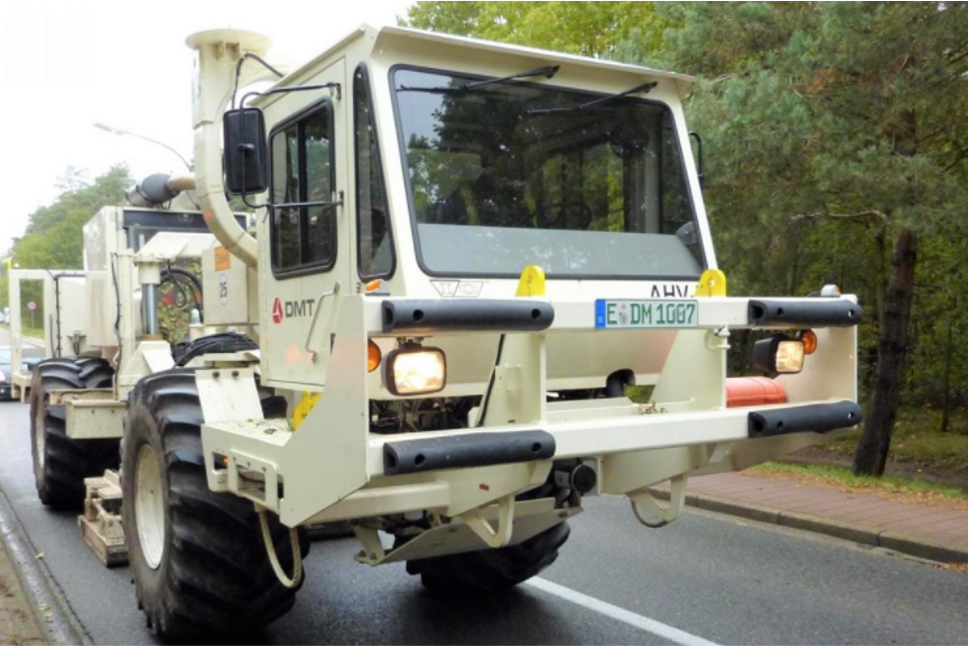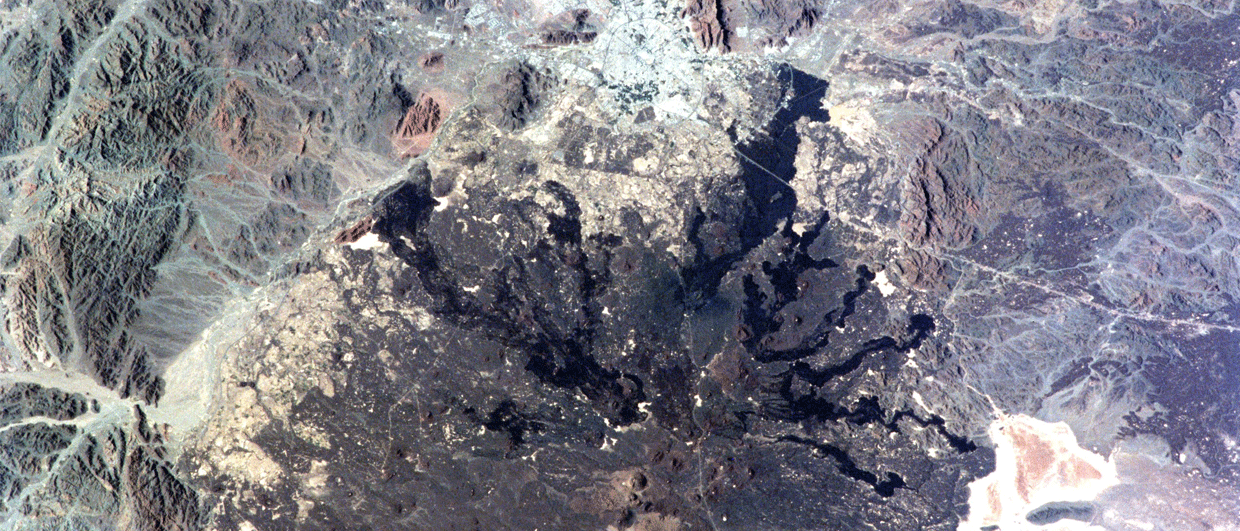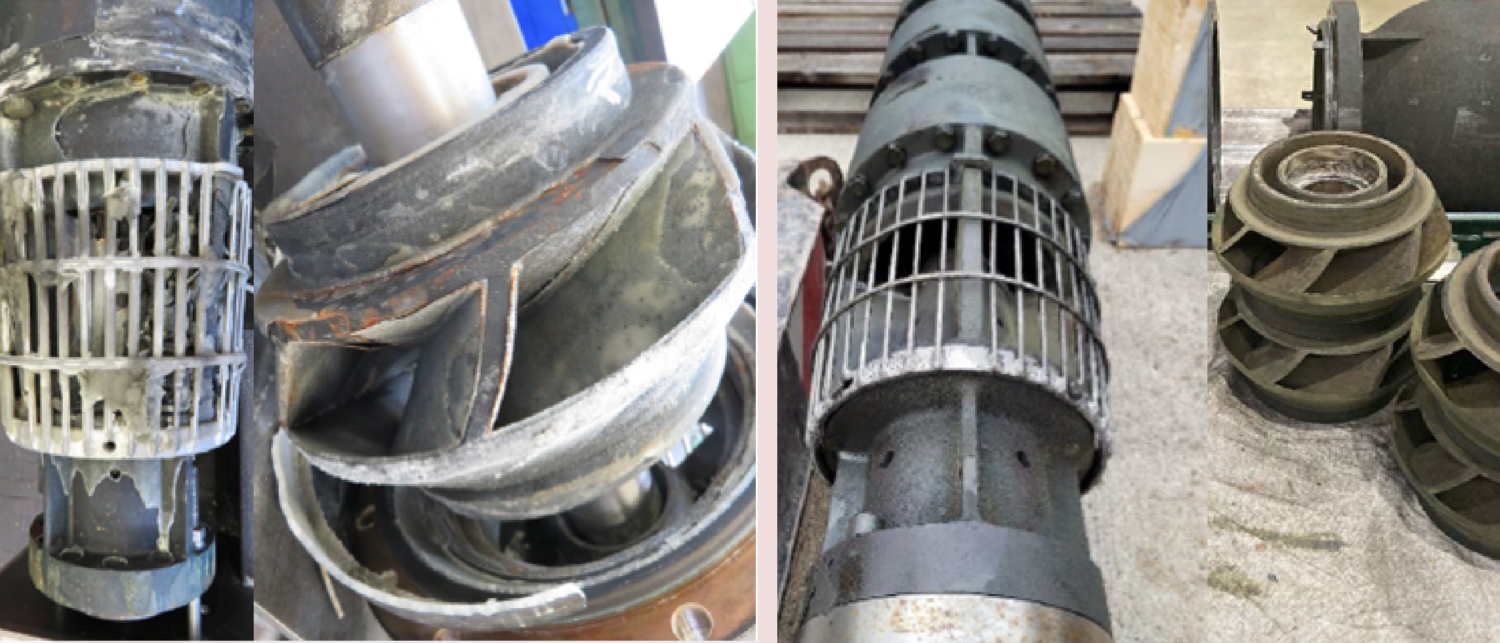The Fraunhofer Institute for Energy Infrastructure and Geothermal Energy IEG will later this month acquire two 2D seismic lines near the German towns of Hagen and Dortmund in an attempt to better map a reservoir for geothermal exploration. A paper company based in the area (Kabel Premium Pulp & Paper GmbH) aims to use the geothermal heat for its production process.
The target reservoir is the so-called Middle Devonian Massenkalk, a carbonate interval deposited in what once was the shelf sea of the so-called Rhenohercynian Basin about 390 million years ago. Since then, the Variscan Orogeny during Carboniferous times caused the area to subside heavily as part of the foreland basin, followed by deformation as it became part of the thrust belt.
At the present day, the Massenkalk is thought to occur at depths of around 4000 m in the area. Just a stone’s throw further to the south, separated by a major thrust fault, the same rocks outcrop and are being mined in places (see maps and cross-section below).

Outcrop sampling
Martin Balcewicz and co-workers published a paper this year, in which they report on the fracture system in the ~ 150 m thick Massenkalk based on a study of three outcrops in the area just south of where the seismic lines will be acquired. During the field surveys, 1068 discontinuities (139 open fractures without any filling, 213 joints, 413 veins filled with calcite, and 303 fractures filled with debris deposits) were mapped. Although several fracture systems were mapped, the conclusion is that the NNW-SSE striking system, parallel to the direction of main horizontal stress, has the best potential for geothermal energy production. The authors also suggest that the fracture permeability is likely to exceed the matrix permeability of the Massenkalk, indicating that fractures will be key in the success of the project.
HENK KOMBRINK
PRESS RELEASE (In German)
Article about the project in English, focusing on the seismic acquisition campaign.




